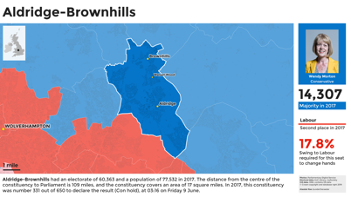Computers+Maps
Jon Reades - j.reades@ucl.ac.uk
1st October 2025
Two Cultures
Purely Computational
Both analysis and visualisation are accomplished via code:
- Fully replicable (including random samples).
- Fully documented (to extent commented by dev).
- Fully portable (assuming no platform-specific code).
Mostly Computational
Only the analysis is accomplished via code, visualisation is via a GIS:
- Wider variety of output formats (e.g. Atlases, 3D/web).
- Better support for ‘finishing touches’ (e.g. scalebars, north arrows, rule-based labels, etc.).
- Better-quality output for less effort (e.g. Model Builder + QGIS styles).
The Challenge
The hardest part of purely computational approaches is the need to anticipate how maps will look according to variations in:
- The density and type of data
- The context of the data
- The different scales involved
- The number of maps involved
- The need to annotate and label elements
Ultimately, the complexity of the choices here may require the use of a scriptable GIS over ggplot or matplotlib.
Constituency Cards
Clone and reproduce: github.com/alasdairrae/wpc and explanation: cconstituency cards.

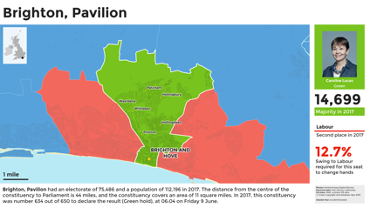
Short-Term Lets in Scotland
Analysis of Airbnb and other short-term lets in Scotland feeding through into policy-making via Research into the impact of short-term lets on communities across Scotland

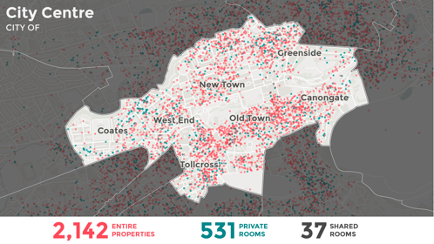
Every Building in America
Building footprints collected by Microsoft, but presentation by New York Times highlights society-nature interactions.
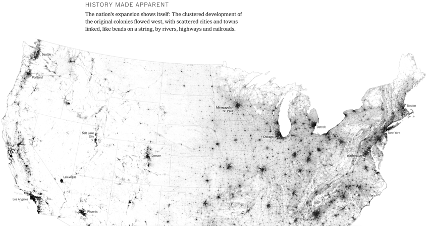

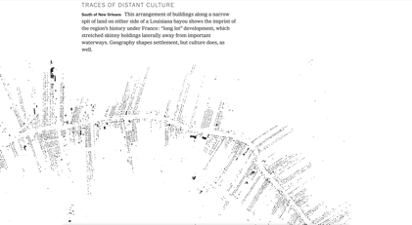
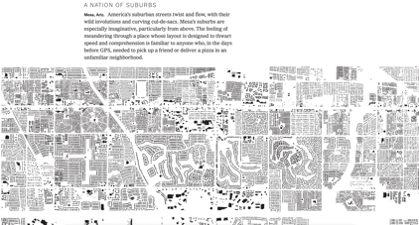
Think it Through!

Colouring in
A Deceptively Simple Problem
We want to show data on a map in a way that is both accurate and informative.
Why might this not be possible?
Classification
Trade-offs:
- The greater the accuracy of a choropleth or other class-based map, the less it’s possible generalise from it.
- There is no ‘right’ way to group data into an arbitrary number of discrete classes (a.k.a. to generalise).
Humans can only take in so much data at once. Your choice of colour scheme, breaks, and classification can profoundly affect how people see the world.
Six Views of Employment


Six Views of Employment


Six Views of Employment


Consider
We want to:
- Group features with similar values together.
- Show these in a way that doesn’t mislead the viewer.
But we have the following problems:
- Too many classes confuse the viewer.
- Too few classes hides structure/pattern.
Choices, Choices
At the very least we have the following options:
- Assign classes manually.
- Split range evenly (i.e. equal intervals).
- Split data evenly (i.e. quantiles).
- Split data according to distribution (i.e. SD).
- Split data so that members of each group are more similar to each other than to members of another group (i.e. natural breaks/Jencks).
What’s Best?
Look at the Data!
Look at the Data!
Different colour and break schemes not only give us different views of the data, they give us different understandings of the data! Each scheme changes how the data looks and, consequently, how we perceive the distribution.
